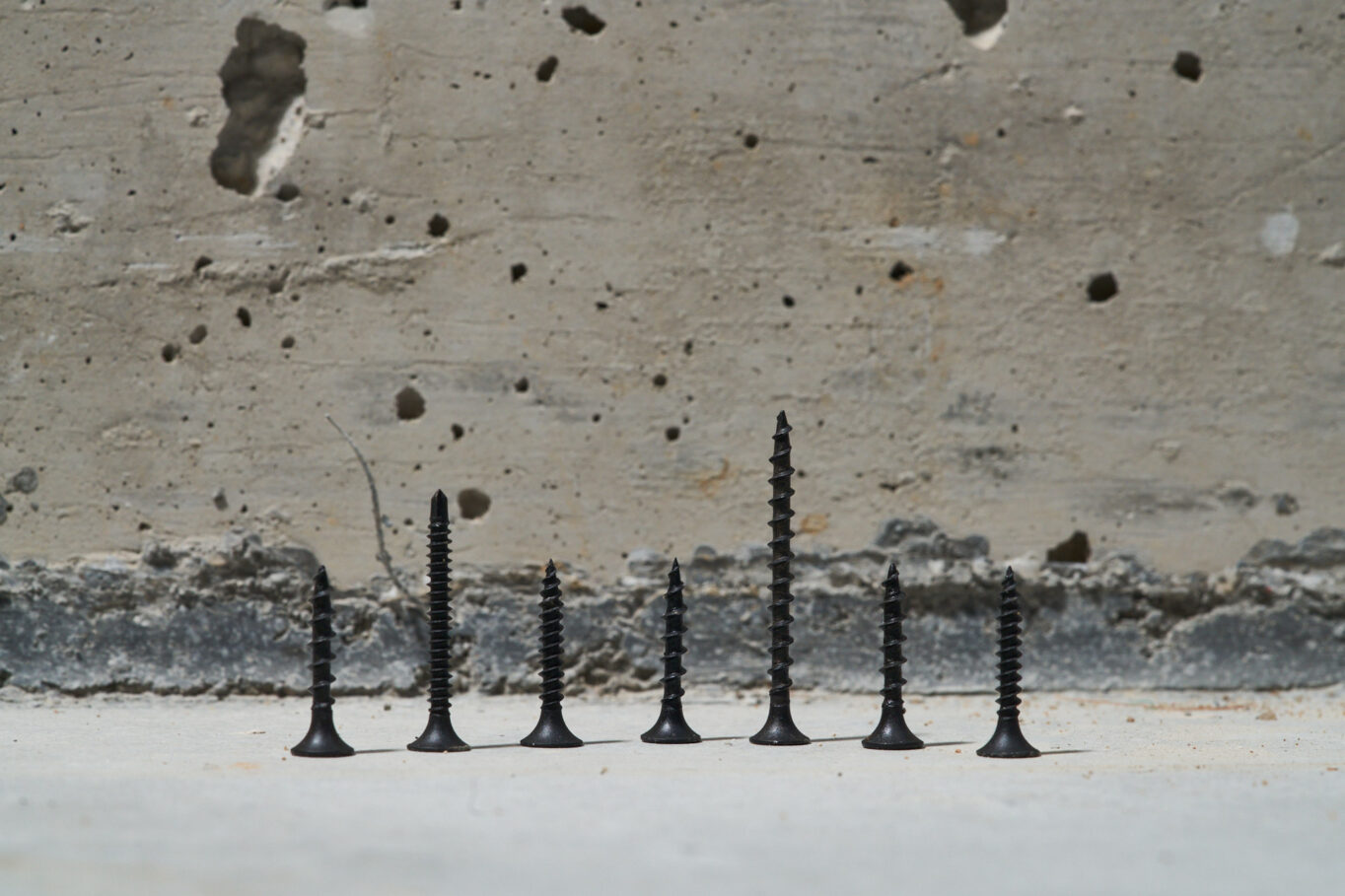
Which screws to choose for drywall installation?
Proper installation of drywall (plasterboard) is essential to ensure a durable and aesthetically pleasing finish in construction projects. Choosing the right screws for drywall installation significantly impacts both the quality of the assembly and the structural stability. In this article, we explore the different types of screws available for plasterboard, their applications, and the importance of correct installation methods.
What are the types of drywall screws?
Drywall screws come in various types depending on their intended use and the materials from which they are made. The most common are steel screws, known for their strength and ideal for fastening drywall to metal profiles. Aluminum screws are lighter but less durable. Phosphated screws offer increased resistance to corrosion, making them suitable for humid environments. Choosing the right type of screw is essential to ensuring the stability and longevity of the structure.
Among drywall fasteners, you’ll also find screws for steel profiles, which are crucial when assembling partition walls. Specialized screws like TN drywall self-tapping screws are designed for easy and quick installation. Additionally, panel-joining screws provide strong and lasting connections between drywall sheets. The appropriate choice of screws is critical for construction quality and safety, so it’s important to pay attention to specifications and intended use.
Steel vs. Aluminum screws – what’s the difference?
Steel and aluminum screws differ mainly in material composition, which affects their performance and application. Steel screws are strong and load-resistant, making them ideal for heavier drywall panels and demanding installations. In contrast, aluminum screws, while lightweight, are more prone to damage and thus better suited to less demanding applications.
Additionally, steel screws often feature protective coatings such as phosphating, which improves corrosion resistance—especially important in moist environments. While aluminum doesn’t rust, it also doesn’t offer the same load-bearing capacity. In areas exposed to high stress or weight, steel screws are a better option. Understanding these differences helps make an informed decision that enhances durability and safety.
Proper drywall installation with the right screws
To achieve reliable drywall installation, it’s important to choose appropriate screws and follow correct fastening techniques. For fastening to metal studs, drywall-specific screws are engineered to provide optimal grip. Screws should be driven to the correct depth—not too deep to damage the board and not too shallow to risk weak connections.
Also pay attention to screw spacing. It’s recommended to place screws every 30 cm (approx. 12 inches) along the board edges for even load distribution. Matching the screw type to the board thickness and material is also key. When chosen and installed properly, drywall screws form durable and stable joints—critical for overall structural integrity and visual quality.
How to maintain the quality of drywall fixings?
To ensure long-lasting drywall fixings, follow several important rules. First, invest in high-quality screws suitable for the project and environmental conditions. Regularly check installation quality—verify screw depth and spacing to avoid future issues. Protect screws from moisture to reduce the risk of corrosion.
Avoid overloading the drywall surface, which can cause warping or cracking. Also, inspect screws for wear or defects and replace them if necessary. Routine maintenance and appropriate safeguards ensure that drywall constructions will remain durable and visually appealing over time. With these practices in place, you’ll create functional and high-quality spaces in any building project.
- Merry Christmas and a Happy New Year - 22 December 2025
- Façade screws. Which screws to choose for a building façade? - 19 December 2025
- Company christmas eve at the new hardening plant - 19 December 2025